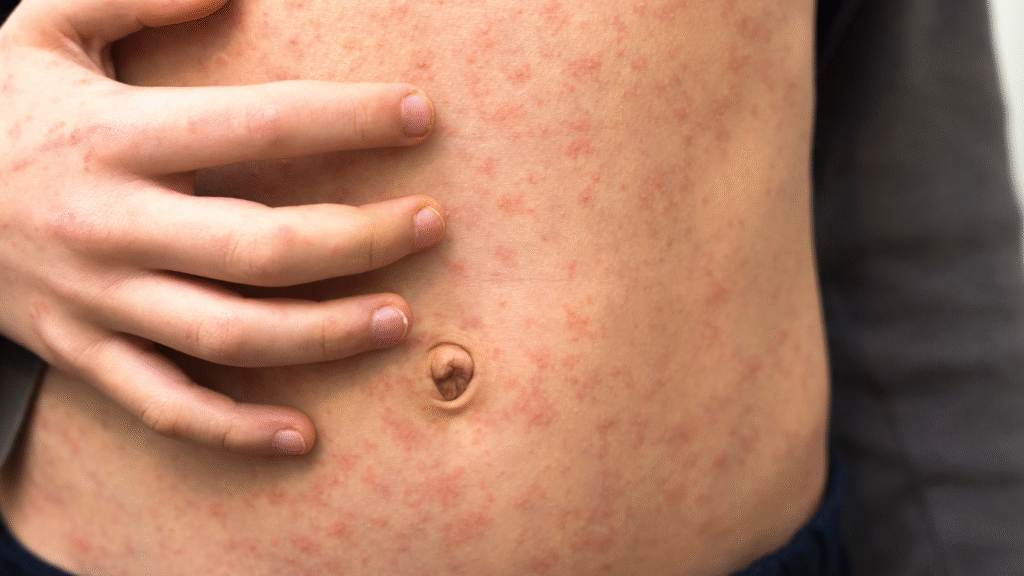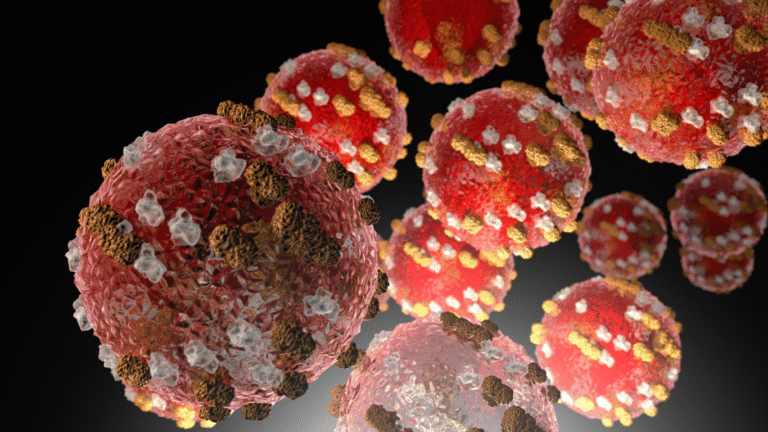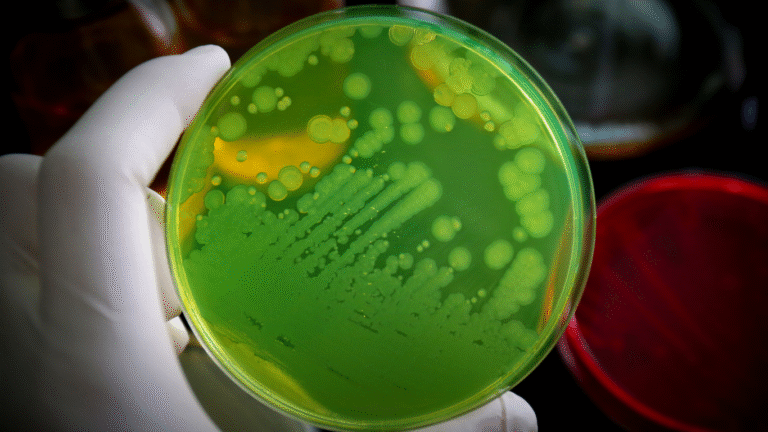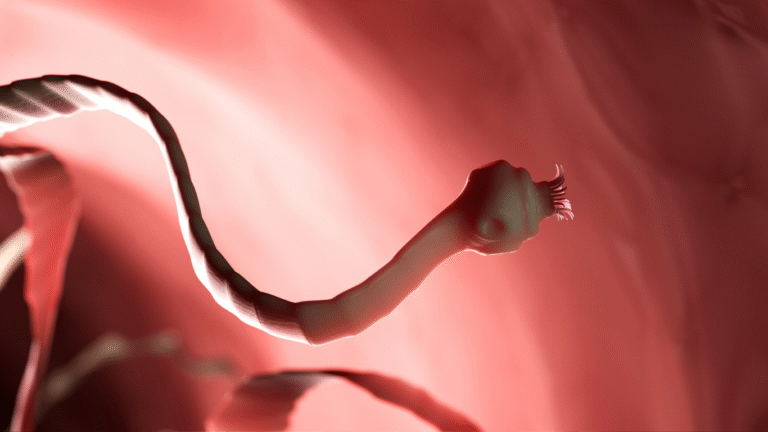Step inside the story of the measles virus. Discover how it spreads, how it makes people sick, and how the body and vaccines fight back.

The day begins with a single breath. Warm air rushes through a child’s nose, carrying me—the measles virus—into my new home. The inside of the human body feels moist and welcoming, like entering a hidden world where I can thrive. I am tiny, far smaller than bacteria, and I travel easily through droplets that spread when someone coughs or sneezes. The CDC explains that measles is one of the most contagious diseases on Earth. In fact, if ten unvaccinated people are exposed to me, nine will get sick. That is how quickly I seize opportunity.
At first, I settle quietly in the back of the throat and nose. The cells here make a perfect landing pad. I slip inside and begin to multiply, using the cell’s own machinery as my factory. Soon, I’m not alone. Thousands of copies of me fill the airways, and each new sneeze or cough carries more of us into the world. The incubation period, as the Mayo Clinic describes, lasts about 10 to 14 days. During this time, the person carrying me may not even realize anything is wrong. That’s when I am most successful—hidden, multiplying silently, preparing for what comes next.
Eventually, the body notices me. The immune system begins to stir, releasing signals that trigger fever, sore throat, and a runny nose. These first symptoms feel like a common cold, but they are only the beginning. According to the CDC, measles usually starts with high fever, cough, red eyes, and tiny white spots inside the mouth called Koplik spots. From my perspective, these symptoms are signs of my presence spreading through the body, moving beyond the throat and into the bloodstream.
The real turning point comes a few days later. By now, I have reached the skin. The immune system is fully alert, fighting hard, and its attack creates the most visible sign of all: the red rash. It begins at the hairline and spreads downward to cover the face, chest, arms, and legs. What looks like blotches on the skin is actually the immune system’s response to my invasion. The NIH explains that this rash appears because immune cells are battling me in tiny blood vessels throughout the skin. For me, it is both triumph and downfall: proof that I have spread, but also that the body is pushing back with full force.
Meanwhile, I continue to use every cough to my advantage. Each burst of air releases me into the environment, where I can linger for up to two hours, waiting for another unprotected person to inhale me. Crowded places—schools, households, public gatherings—become perfect launching pads. This is why measles outbreaks often spread so quickly once they begin. On the other hand, if I find myself in a community with strong vaccination coverage, my chances shrink dramatically. The measles, mumps, and rubella (MMR) vaccine protects about 97% of people after two doses, according to the CDC. For me, that means fewer places to go, fewer lungs to call home.
As the days pass, my host grows sicker. The fever climbs higher, sometimes reaching 104°F or more. The rash spreads fully, lasting about a week before it fades. During this time, the immune system’s forces grow stronger and more precise. Specialized cells remember my structure and begin creating antibodies designed specifically to destroy me. Once these antibodies build up, my survival becomes nearly impossible.
For many, the story ends here, with recovery and lifelong immunity. Once someone fights me off, their immune system never forgets. The Mayo Clinic notes that people who recover from measles are usually protected for life. For me, it means no second chance in that body.
However, I am not always harmless. In some cases, my presence leads to dangerous complications. Pneumonia, ear infections, or even swelling of the brain—called encephalitis—can follow in my wake. These complications are more likely in young children, pregnant women, and people with weak immune systems. The CDC reports that before vaccines were widely used, millions of people around the world died from measles every year. Even today, outbreaks in areas with low vaccination rates can be deadly.
The turning point in my day comes with the vaccine. Unlike antibiotics, which work against bacteria, vaccines train the body to fight me before I even arrive. The MMR vaccine is made from a weakened form of me—so weak that it cannot cause illness in healthy people but strong enough to teach the immune system what I look like. That way, if I ever try to invade, the body is ready. Antibodies spring into action immediately, stopping me before I can multiply. From my view, it feels like slamming into a wall before I even cross the threshold.
As the day ends, I face defeat. The immune system clears me from the body, or vaccines block me from entering at all. My survival depends on unvaccinated hosts, but as more people are protected, my world grows smaller. That is the power of herd immunity. When enough people in a community are vaccinated, I cannot spread—even to those who are too young or too sick to be vaccinated themselves.
For me, the measles virus, the story is one of persistence. I have existed for centuries, moving quietly from host to host, leaving behind fevers, rashes, and sometimes tragedy. But for humans, the story is one of progress. Science has given them the tools to defeat me. Vaccination is not just personal protection—it is a shield for the entire community. The CDC makes it clear: the best way to prevent measles is to stay up to date with the MMR vaccine.
So as my day ends, I fade away in the presence of a strong immune system and a well-protected community. For the reader, the takeaway is simple: measles is preventable. With awareness, vaccination, and care, the cycle can be broken. My day may begin with a single breath, but it does not have to end in sickness.
Sources:




